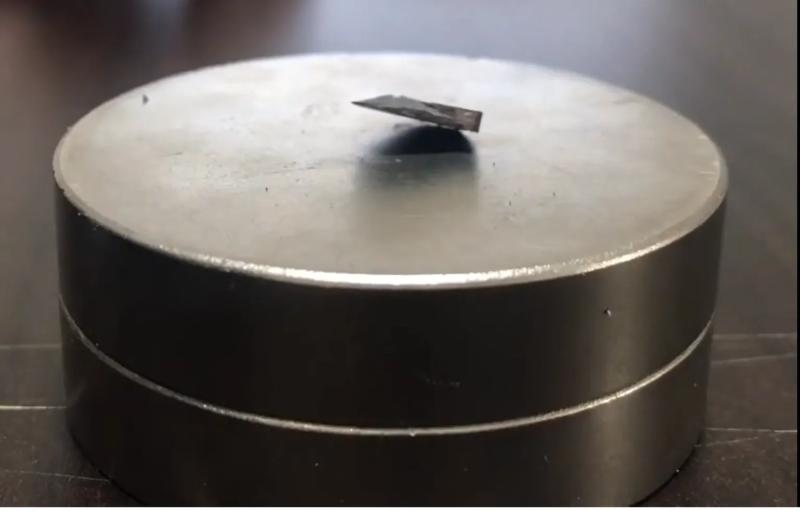From supercomputer simulations to a kitchen recreation, the news has riled up the science community.
•
The sparse details provided about the experimental conditions are a key point of contention. There have been prior claims of achieving room-temperature superconductivity that were subsequently discredited. Science magazine reports that other researchers are now racing to independently reproduce LK-99.
“They come off as real amateurs,” Michael Norman, a theorist at Argonne National Laboratory told Science. “They don't know much about superconductivity and the way they’ve presented some of the data is fishy.”
Nadya Mason, a condensed matter physicist at the University of Illinois Urbana-Champaign said “the data seems a bit sloppy.”
Discussion and debate
The topic has kept Science Twitter tittering for days, with many researchers—and wannabe researchers—sharing their hot takes.
One scientist—Sinéad M. Griffin at Berkeley Labs— tapped a U.S. Department of Energy supercomputer to run simulations that one engineer said “support LK-99 as the holy grail of modern material science and applied physics.”
Meanwhile, a Russian soil scientist going by the name of Iris Alexandra—described as an “anime catgirl”—documented her attempts to reproduce the paper’s results in her kitchen.
Controversy also surrounds the circumstances of the paper’s publication. Co-author Hyun-Tak Kim of William & Mary university says one of the two preprint papers was posted without permission and contains "many flaws." Others, like Alex Kaplan of Princeton University, suggest that the authors focused on securing a prominent co-author to attach to the work, facilitating the rushed publication.
The prospect of room temperature superconductors has long captivated scientists for its revolutionary potential. Lossless power grids, faster trains, compact fusion reactors, hyper-efficient electronics and other flights of scientific and technological fancy could become reality.
But previous claims have crumbled under scrutiny, and reproducibility has plagued superconductor research for ages.
If LK-99 stands the test of time, it may usher in a new era of innovation. For now, physicists are holding their breath in hopeful anticipation as the results face a trial by fire adjudicated by the larger scientific community. It may take weeks or months to separate history-making discovery from wishful thinking.
